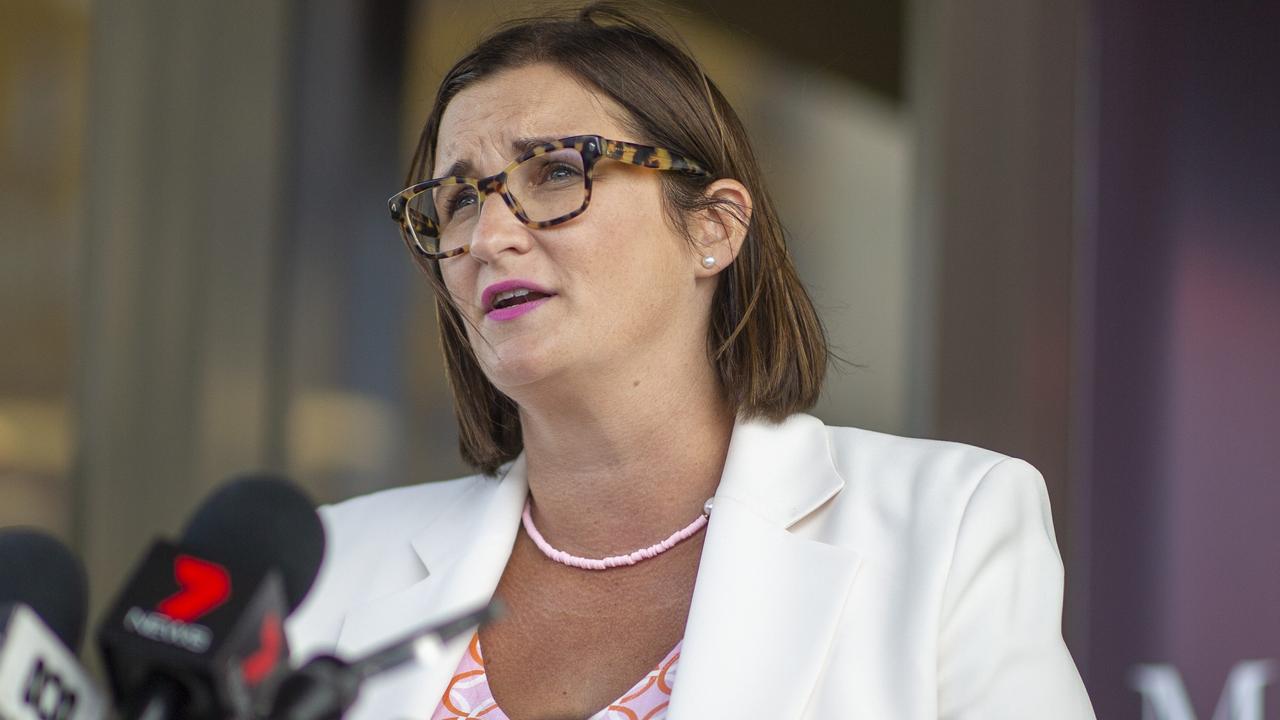NSW Teachers: Teacher Workforce data blames behaviour issues for pushing educators to quit
2022 is the rapidly becoming the end of the road for thousands of NSW teachers, with educators claiming student behaviour issues have reached a crisis point.
Teachers are pleading for more help to deal with unruly students, revealing bad behaviour in classrooms has escalated after almost two years learning from home.
A lack of time and resources to manage the complex behavioural needs of some students has reached a crisis point according to the NSW Teachers Federation.
Newly released Australian Teacher Workforce Data has revealed classroom issues were a top reason behind workload and pay that up to two thirds of NSW full-time teachers were considering quitting the profession.

Kogarah High School principal and NSW Teachers Federation executive member Julie Ross said returning to face-to-face learning this year had been the nail in the coffin for some.
“Coming back from remote learning the behaviour of kids has not been great,” Ms Ross said.
“Teachers are really struggling to get students to engage with their learning, so coming into 2022 a lot of them have decided this is it.”
Ms Ross said teachers were increasingly responsible for managing difficult behaviour stemming from students’ home lives.
She called for more specialist staff including at least one counsellor in every school to help meet the demand.
A controversial new policy making it harder for schools to suspend dangerous and disruptive students, set to come into effect in term two, has also added to the pressure on teachers.

Under Student Behaviour Strategy principals must give a warning before a suspension, and suspensions can only be issued to a student a maximum of three times per year. Students can only be sent home immediately if they are a danger to others.
“I know a lot of teachers are very, very nervous about their own health and safety and what this will look like in this new environment, if we are required to not suspend kids because they are persistently disobedient or because they are consistently interfering with the learning of others,” Ms Ross said.
“The same policy does not apply to the private schools, so I’m really concerned I will see my staff walk out of public schools and into a private school, where they know that school has the authority to suspend kids that don’t meet their behaviour guidelines.”
NSW Education Minister Sarah Mitchell said the Student Behaviour Strategy was evidence-based and “indisputably sound”.
“The NSW Government is making a record investment in behaviour management and inclusion staffing, including an additional 68 behaviour management specialists, 84 assistant or deputy principals of inclusion, 350 student support officers and 1200 school counsellors,” Ms Mitchell said.

“Behaviour and behaviour management can be complex, and I also call on universities to do a better job preparing future teachers to manage behaviour in the classroom.
“My engagement with principals about the policy has been positive, and both my and the Department’s door remains open to work with the union on ensuring the right supports are in place for principals and staff to implement the policy.”
The Australia Teacher Workforce Data was compiled in 2018 by the Australian Institute for Teaching and School Leadership, funded by both federal and state governments, but has only now been released.
Among the top reasons to leave were workload and coping, professional regulation demands, reward and recognition and classroom factors.
More Coverage
Originally published as NSW Teachers: Teacher Workforce data blames behaviour issues for pushing educators to quit




